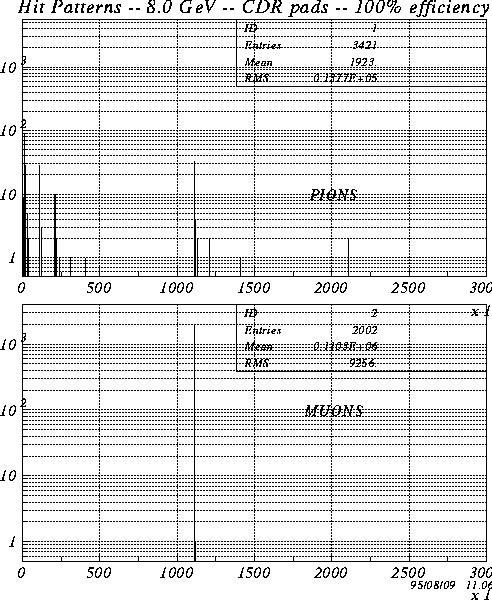
Figure 7: Bit pattern for 8 GeV/c particles using the pad layout described in the PHENIX CDR (Case 1 in Fig. 2).
Typical bit patterns are illustrated in Fig. 7

Figure 7: Bit pattern for 8 GeV/c particles using
the pad layout described in the PHENIX CDR (Case 1 in Fig. 2).
The pattern for muons is very simple. Since essentially all the muons produce one hit per plane for all six planes the pattern for muons is very simple. For the case of one hit per plane the pattern value is

There appears to be one road for which there are two hits in
the first plane, giving Patt = 111112. For the pion tracks, on
the other hand, only 38 out of the total of 3421 roads produce
 . Therefore, excellent discrimination is obtained by
simply identifying roads for which
. Therefore, excellent discrimination is obtained by
simply identifying roads for which  as muons.
Figure 8 shows the same patterns but only shows
events for which
as muons.
Figure 8 shows the same patterns but only shows
events for which  .
.
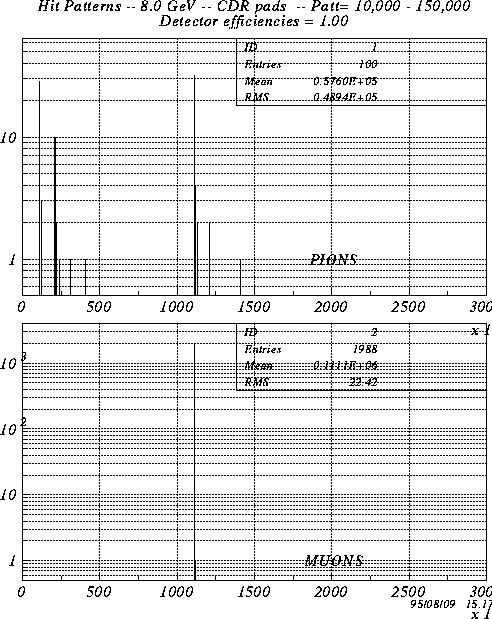
Figure 8: Same as the preceding figure but for 
The effects of changing the detector efficiency to 0.95 is
shown in Fig. 9.
The ``missed hits'' in intermediate planes results in
more than 150 out of the original 2002 muon roads
producing  . In other words, the main result
from a decrease in detection efficiency is to make muon roads
look more like pion roads.
. In other words, the main result
from a decrease in detection efficiency is to make muon roads
look more like pion roads.
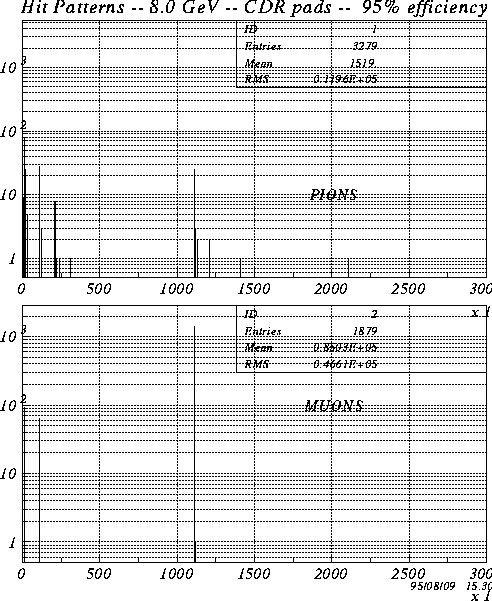
Figure 9: Same as Fig. 7 but for detector efficiency = 0.95
Finally we show in Fig. 10
the bit pattern obtained for the 1.5 GeV/c data.
The figure shows that none of the muon roads penetrates
beyond
plane 5. Moreover, about 300 of the
1997 muon tracks only reach to the fourth plane. Figure
11 shows the same data for  . This
shows that, if roads having
. This
shows that, if roads having  are identified as
pion roads then only 25 out of the original 2032 pion roads would
be mis-identified and 1997 - 1650 = 347 muon roads would be
mis-identified.
are identified as
pion roads then only 25 out of the original 2032 pion roads would
be mis-identified and 1997 - 1650 = 347 muon roads would be
mis-identified.
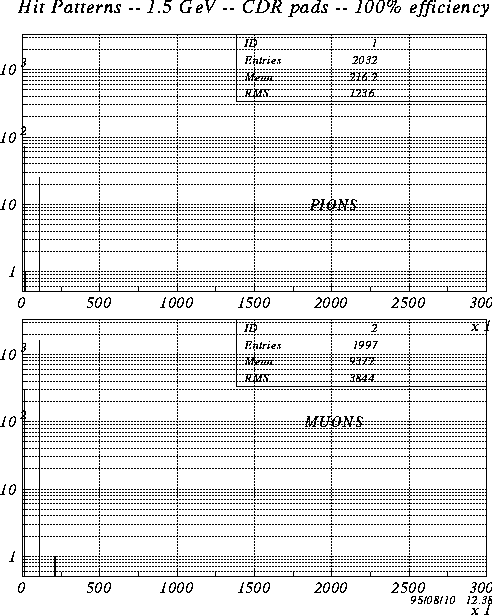
Figure 10: Bit patterns for 1.5 GeV/c data
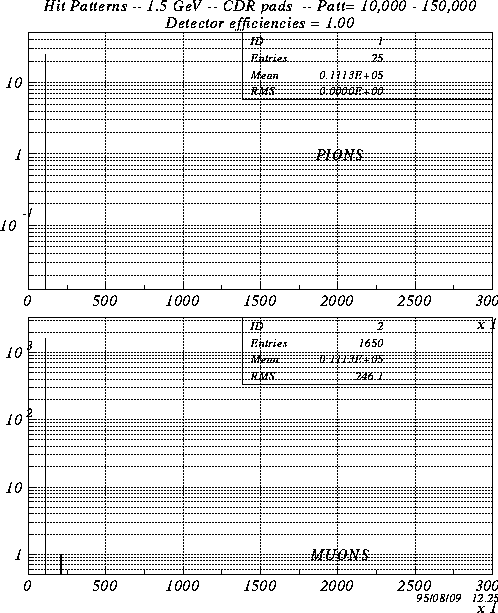
Figure 11: Bit patterns for 1.5 GeV/c data with 
In Fig. 12 we summarize the results of the Discriminant Analysis and the Bit Pattern Analysis. The fractions shown in each case were determined by choosing a bias that would give approximately equal muon ``acceptance'' and pion ``rejection'' for each case.
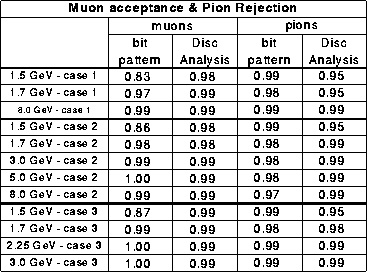
Figure 12: Comparison of Discriminant Analysis and Bit Pattern
Analysis
For the most part the two methods give essentially the same results. The exception to this is the 1.5 GeV/c data for which the Discriminant Analysis is clearly superior. At the higher momenta, however, Discriminant Analysis is no better than the simpler Bit Pattern Analysis and may be slightly worse.